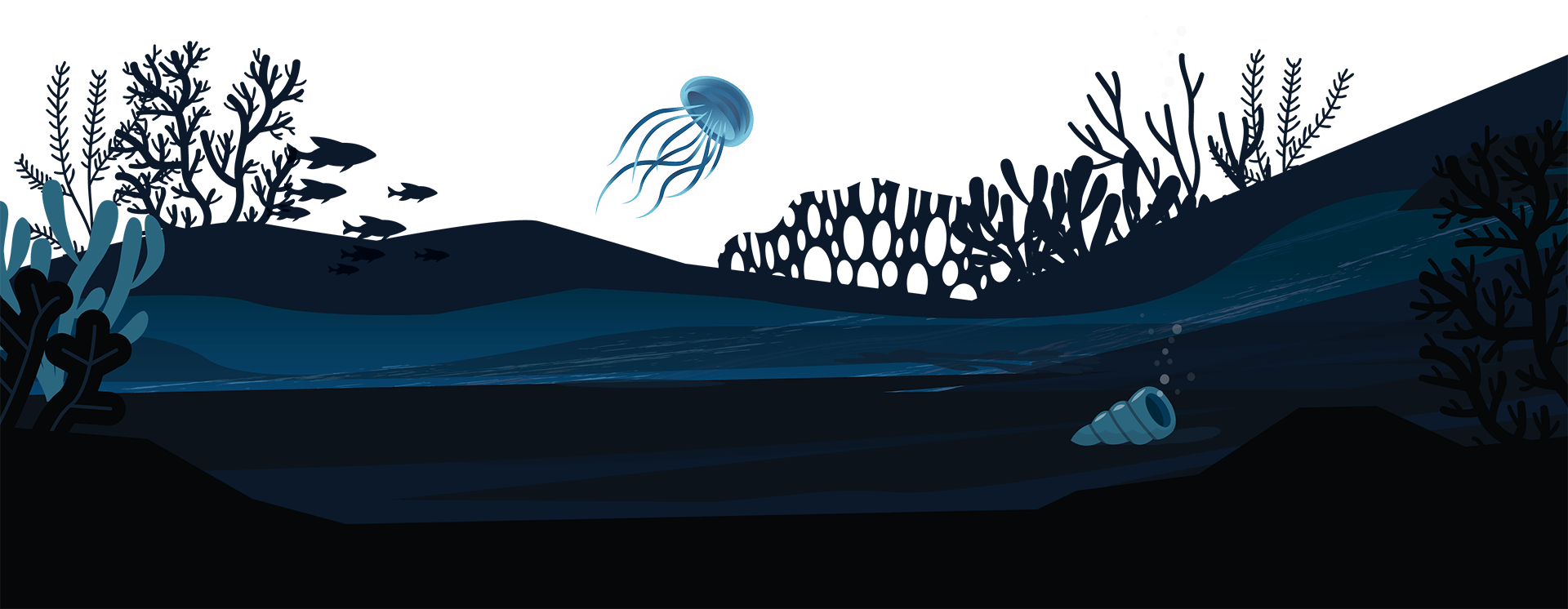11 Mar 2024

Homage: Walt Disney
Back to all News
I say “Animation!”, you say...
“Disney!”
When thinking of animation, it's nigh impossible not to think of Disney. Even in the unlikely case you don't know of Disney's animated works, their purchase of Star Wars thrust the company into the limelight of film, and their theme parks are the bane of parents and delight of children around the world. But how did it all start?
Walter Elias Disney, more commonly known as Walt Disney, began in life as many young boys might – delivering papers. It's a romantic thought to imagine this young boy soared straight from delivering papers to the talented animator and entrepreneur he is now known for having been. Sadly, life is rarely romantic and it was an uphill battle for Disney, with many a struggle and blow. But one thing is for certain – he rose above it all. From the mouth of the man himself: “All our dreams can come true, if we have the courage to pursue them.”
Starting out as an illustrator, with a brief stint as an ambulance driver for the Red Cross, Disney's first experience with animation was for commercials, using the cutout method of animation. His curiosity piqued, he began experimenting, finding cel animation to be more favourable. Creating a company with cartoonist Fred Harman, they animated a series of six shorts, known as “Newman's Laugh-O-Grams”. Initially successful, they led to the of the “Laugh-O-Gram Studio” and Disney's hiring of other animators to work with him. Unfortunately, demand for the animated shorts was not high, forcing Disney to start work on the “Alice Adventures”, based on “Alice in Wonderland”. The new idea came too late, however, and the “Laugh-O-Gram Studio” had to declare bankruptcy. A silver lining was to be found though; the “Alice Adventures” was picked up by distributor Mary J. Winkler, and Walt and his brother, Roy, co-founded The Disney Brothers Studio – later known as The Walt Disney Company – to produce the animated series.

If asked to name Disney's first animated mascot character, you may be inclined to announce “Mickey Mouse”. But what if I told you that there had been another? As claimed by Disney himself, Oswald the Lucky Rabbit was designed to “not only be able to hold his own with competition, but [...] set a pace that [would] make the others hustle”. A hit from the get-go, Oswald was pivotal in the advancement of Disney's animation and storytelling techniques, incorporating methods such as rubber-hose animation which is seen a great deal in modern animation. Alas, all good things must come to an end, and this struck when Disney requested a budget increase to continue improvements. Things snowballed from there eventually ending in Disney discovering he didn't hold the rights to Oswald, as well as his animation team – bar his friend and fellow animator, Ub Iwerks – being hired out from under him.
Understandably devastated, Disney did not let this blow stump him. Working alongside Iwerks, the iconic animated character Mickey Mouse was born, along with a new era of animation.

1928's “Steamboat Willie” was not the first, but rather the third, cartoon animation to feature Mickey. It was, however, the first ever cartoon to really make use of the capabilities of synchronised sound. And thus, Disney paved the way to the Golden Age of animation. From then it was onward and upward for Disney, with the continuation of Mickey Mouse, the creation of other characters, and the Silly Symphonies series, eventually leading to Disney signing a contract with Technicolour to produce coloured cartoons.
In 1937, “Snow White and the Seven Dwarfs” premiered. Not only was this Disney's first feature-length film, but it was also the first hand-drawn animated feature-length film, in sound and colour, to be released in America, marking another pivotal point in the history of animation, in spite of having been known as “Disney's Folly” to those who did not believe in the potential success of a feature-length animation.
Continuing with series and feature-length films, both animated and live-action, Disney also expanded into theme parks, with the first Disneyland opening in 1955.

Disney's success continued until his death, from lung cancer, on December 15th 1966. Nevertheless, even in death, the success of the Disney dynasty has lived on, maintaining Walt's status as a pioneer and powerhouse in the world of film and animation.
On that note, we'll leave you with some words of wisdom from Walt Disney:
“We keep moving forward, opening new doors, and doing new things, because we’re curious and curiosity keeps leading us down new paths.”



